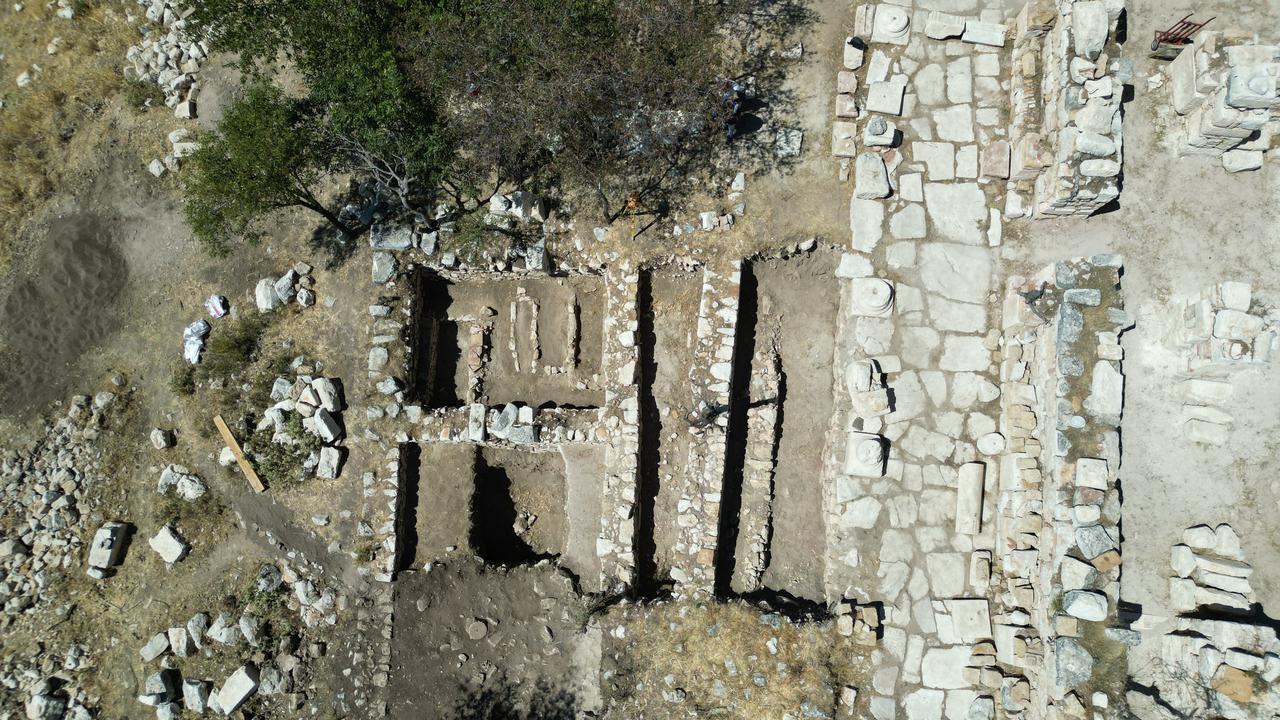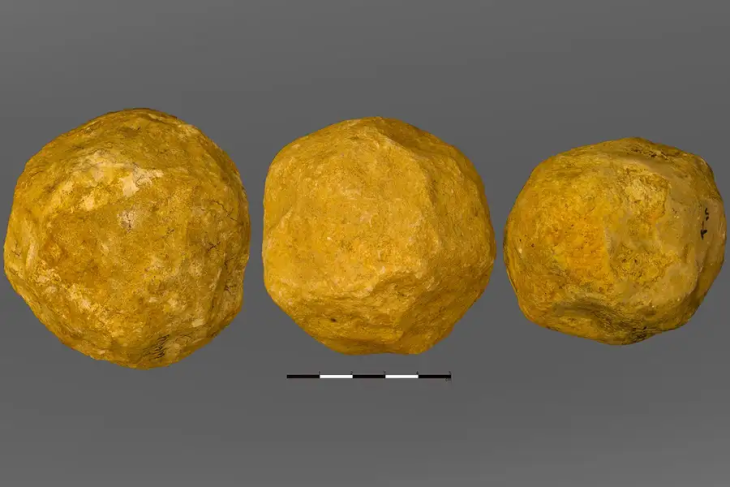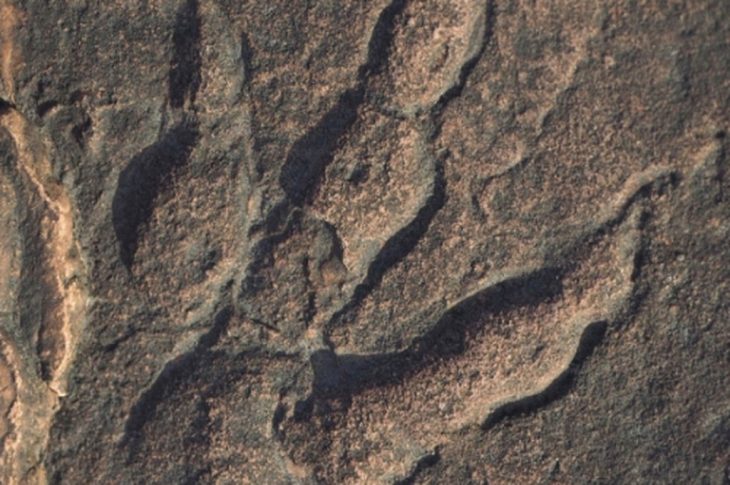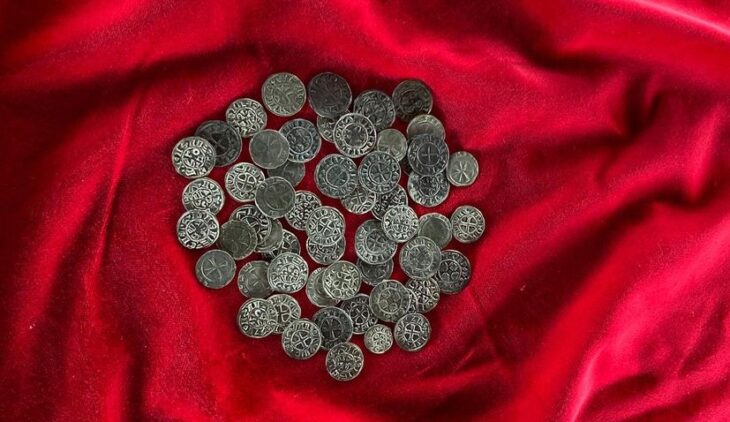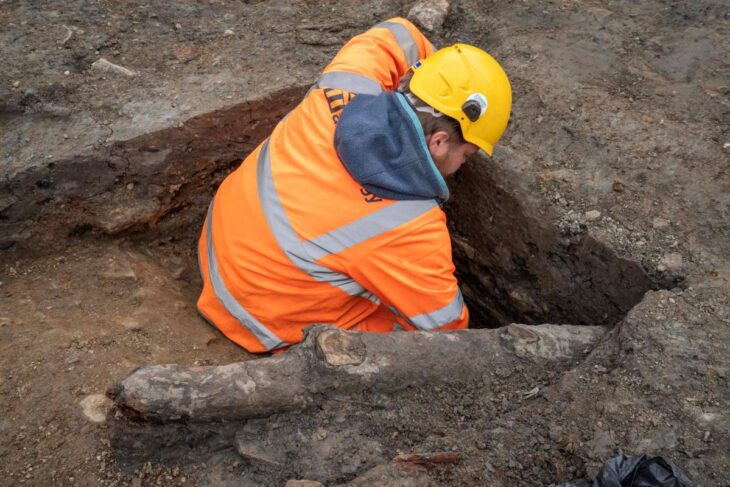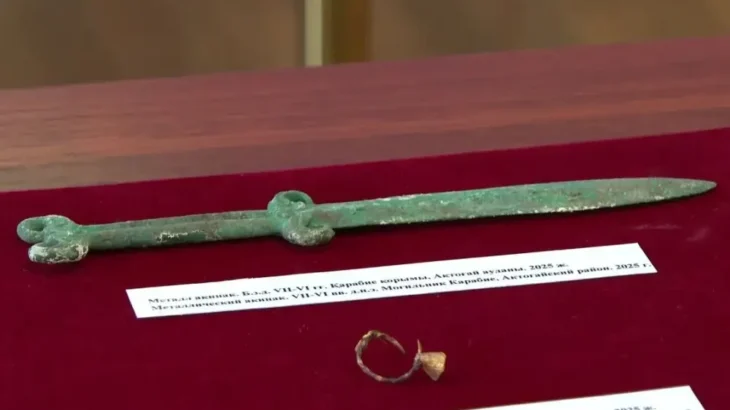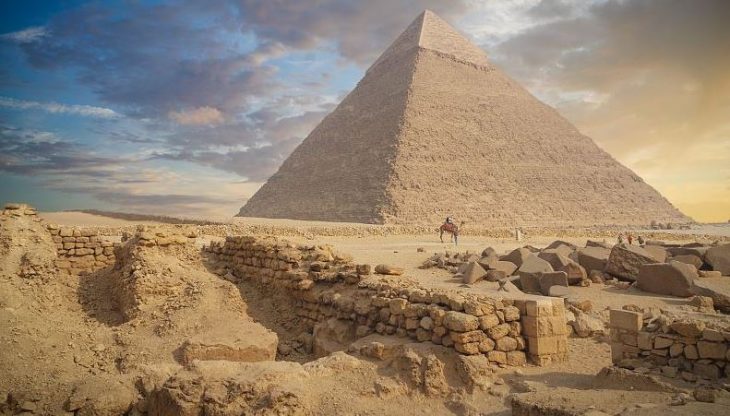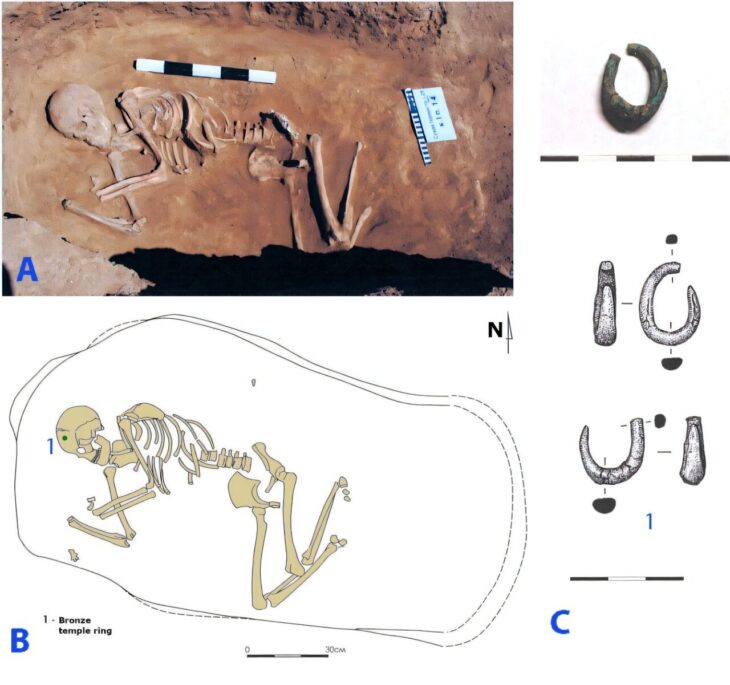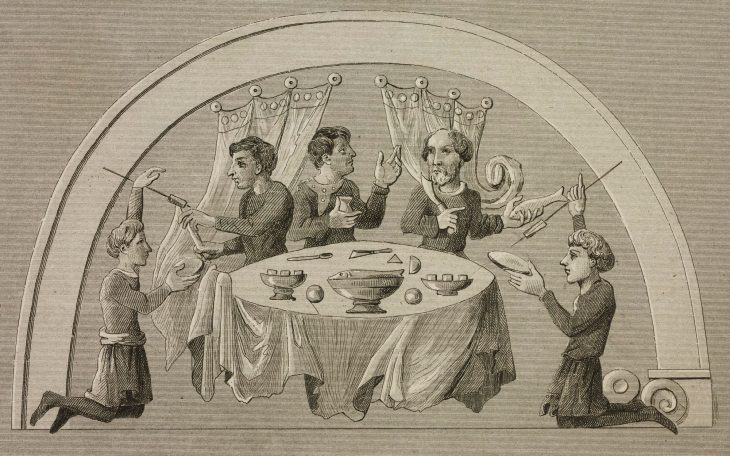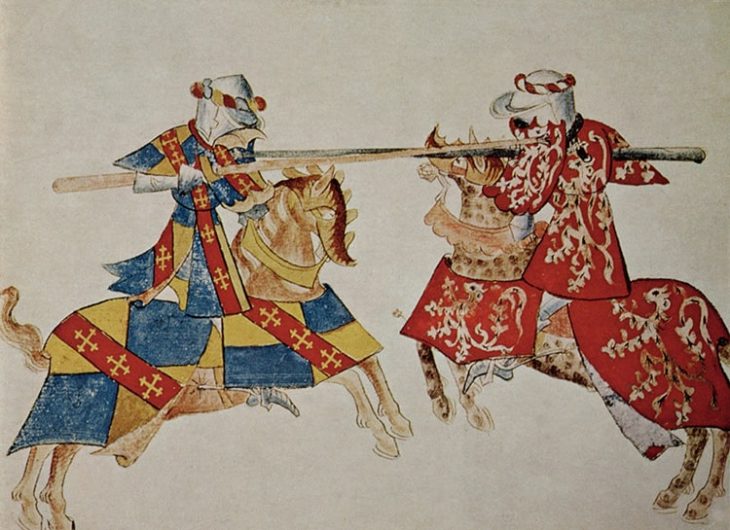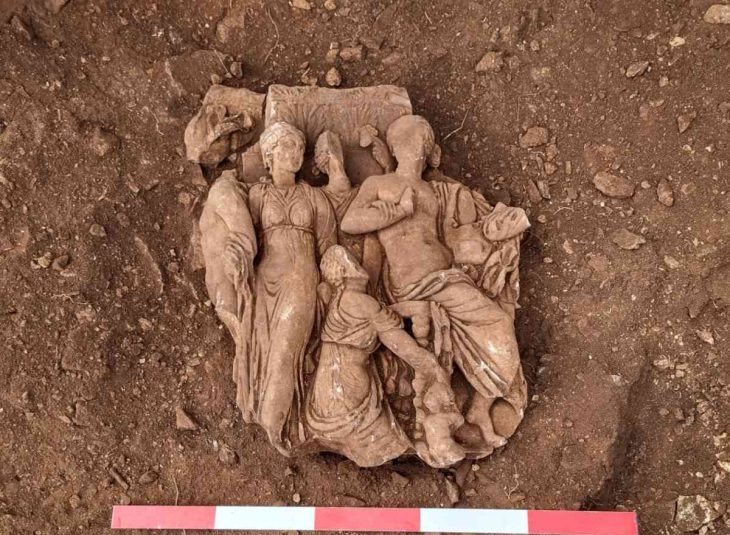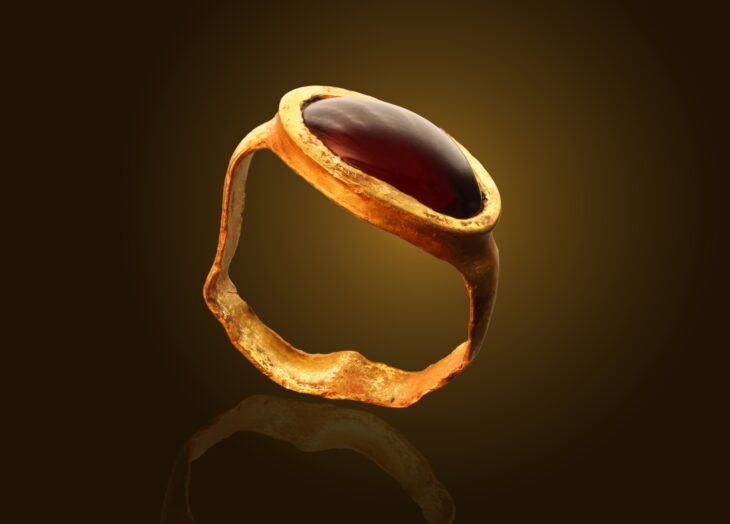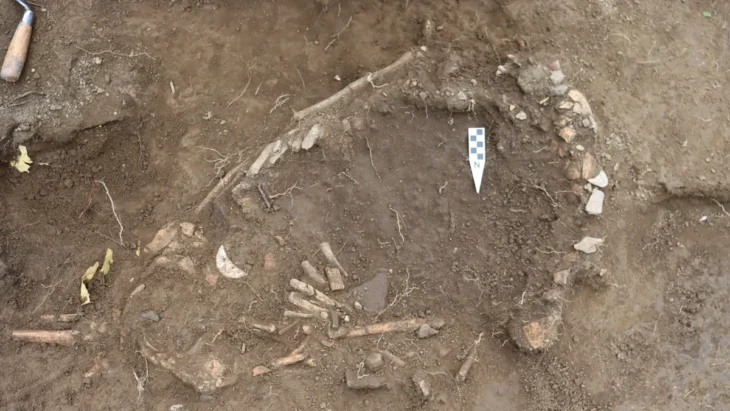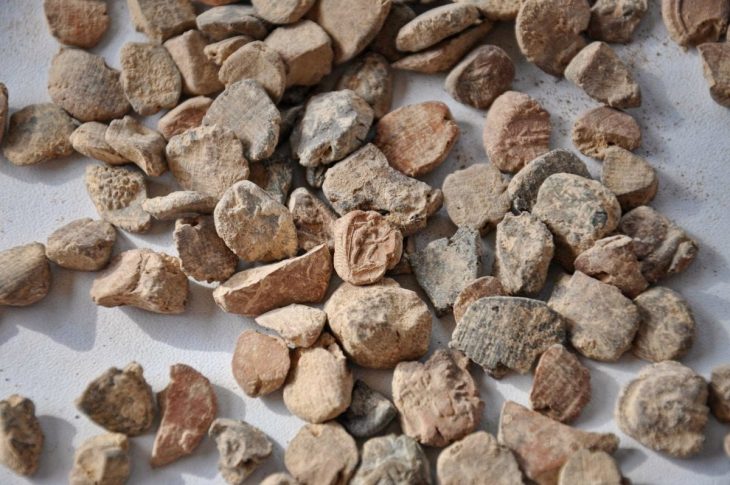Archaeologists have uncovered a 2,200-year-old storeroom and soup kitchen in the ancient city of Timbriada, located in Isparta’s Aksu district. The discovery, made just west of the city’s central church, offers important clues about food storage, communal dining, and agricultural practices in antiquity.
The find comes from Pisidia, a rugged mountainous region of southwestern Anatolia known in antiquity for its fiercely independent cities, religious diversity, and resistance to outside control. While often overshadowed by neighboring Lycia and Pamphylia, Pisidia played a crucial role as a cultural and strategic frontier zone of the Hellenistic and Roman worlds.
A Forgotten Pisidian City Emerges
Founded in the 2nd century BCE on the slopes of Asartepe, Timbriada stretched across nearly two kilometers and was one of the key Pisidian settlements. Excavations today are directed by Professor Fikret Özcan of Süleyman Demirel University’s Archaeology Department, focusing particularly around the city’s central church.
The newly uncovered structures—part storeroom, part soup kitchen—point to the growing significance of the church during the Late Antique period. Archaeologists also recovered charred seeds and grains, offering rare evidence of the city’s food economy. Özcan emphasized that such finds are “crucial for understanding ancient dietary culture, ecological adaptation, and economic life,” while also noting their potential value for modern agricultural genetics.
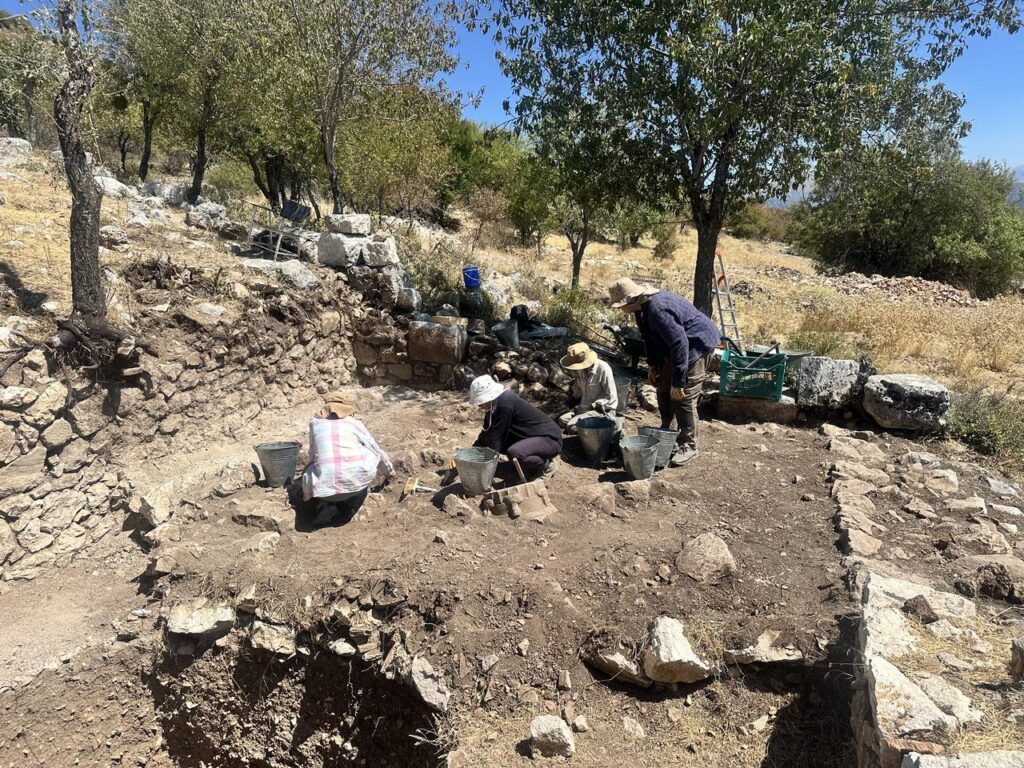
Coins, Cults, and the Panhellenion
Evidence from previous digs indicates that Timbriada began minting coins as early as the 2nd century BCE, discoveries made in front of the nearby Zindan Cave. During the Roman period, the city gained further prominence by joining the Panhellenion League, an alliance of twelve cities that included Athens and Pergamon, underscoring its political standing.
📣 Our WhatsApp channel is now LIVE! Stay up-to-date with the latest news and updates, just click here to follow us on WhatsApp and never miss a thing!!
Religion played a central role in Timbriada’s identity. The Kybele (Meter) sanctuary near Zindan Cave was among Pisidia’s most significant sacred sites. Coins minted in Timbriada depict not only Kybele but also Zeus, Dionysos, Hermes, and the Dioscuri, reflecting the city’s rich spiritual landscape and the blending of Anatolian and Greco-Roman traditions.
From Roman Stronghold to Bishopric Center
Timbriada retained its importance well into the Roman and Byzantine periods. The city is recorded as a bishopric center in the Late Antique era, highlighting its long-lasting role in regional religious networks.
Surrounded by settlements such as Tynada, Başören, Sırçalı, and Deliklitaş, Timbriada’s territory extended from Eğirdir’s Yuvalı village toward Lake Beyşehir, situating it within a dense web of Pisidian communities.
Unlocking Pisidia’s Agricultural Past
The discovery of storerooms, kitchens, and charred seeds provides archaeologists with a new lens into how Pisidian cities sustained themselves in a challenging mountainous environment. Future excavations may even reveal well-preserved ancient seeds, genetic time capsules that could bridge ancient subsistence strategies with the challenges of modern agriculture.
Cover Image Credit: AA

